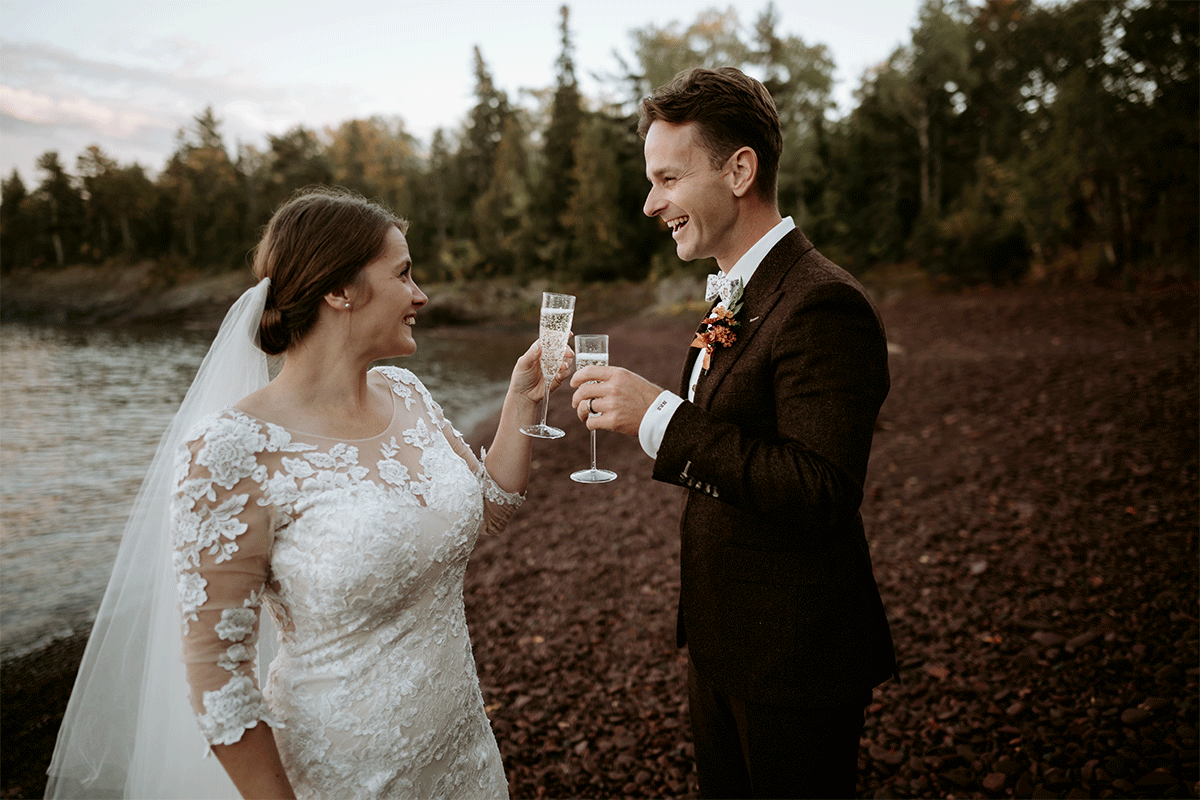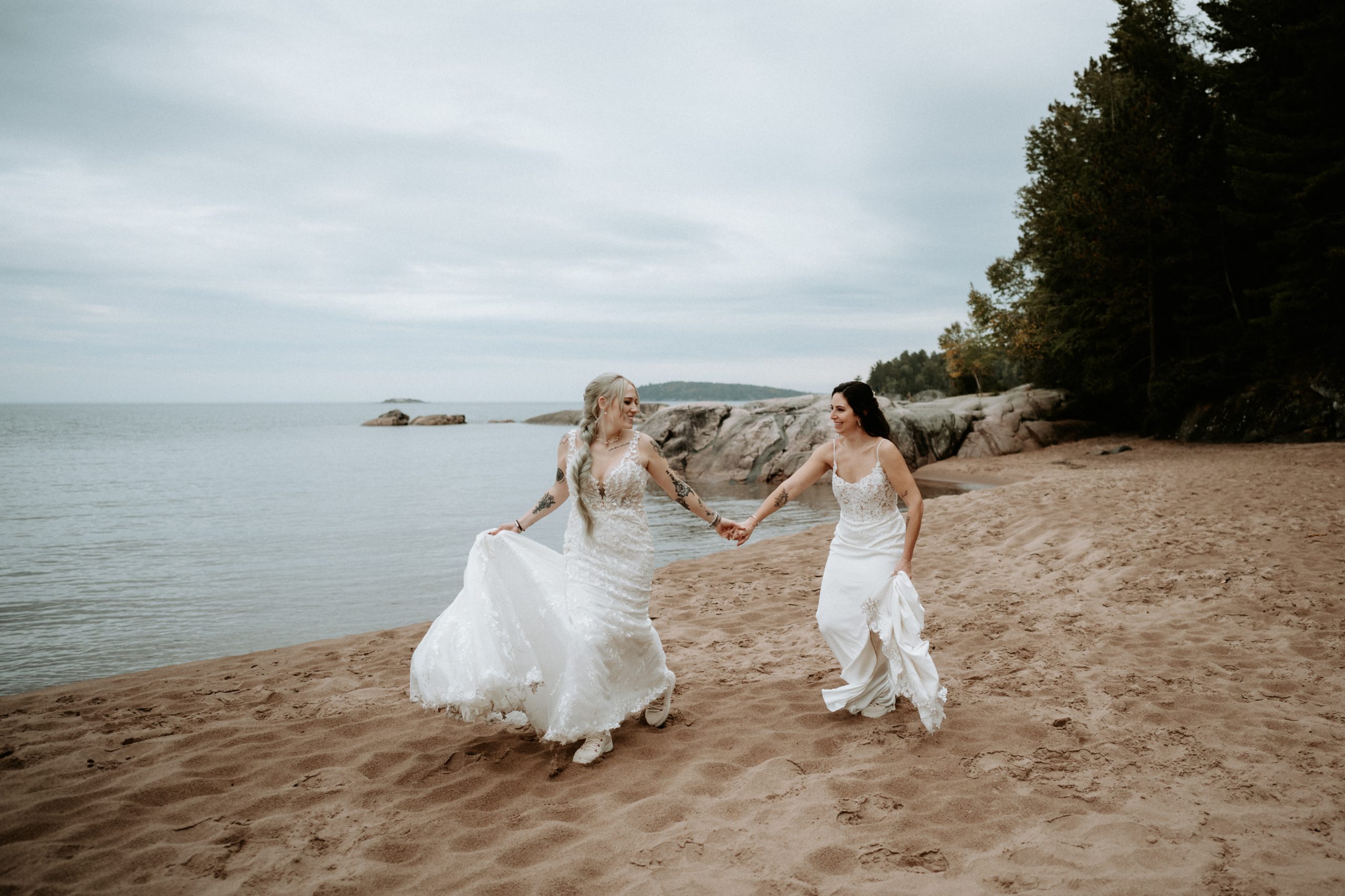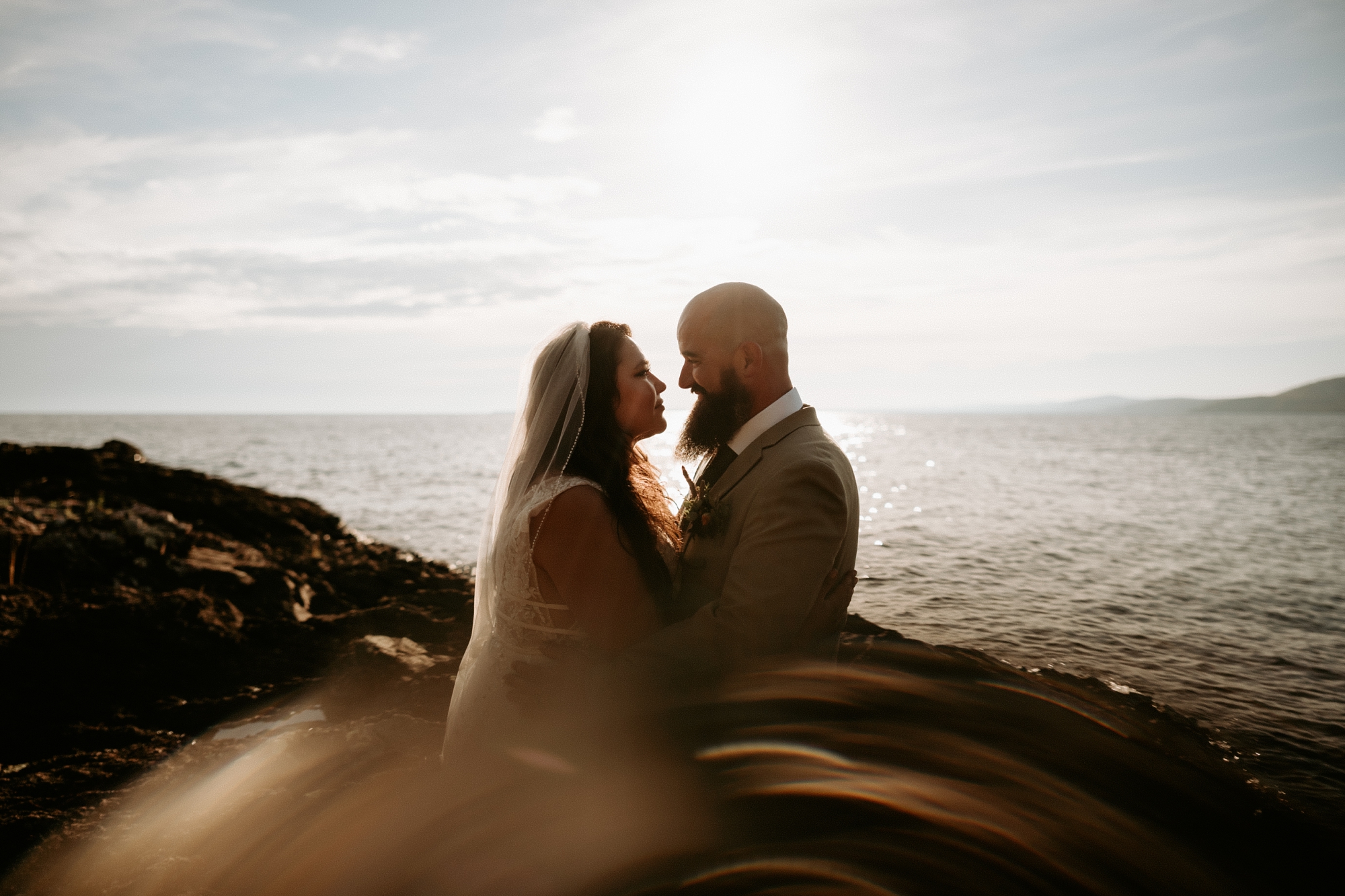Wedding Photography Pricing- How Much To Charge
When I started my photography business (12 years ago), like a lot of photographers, I had no idea what to charge. I thought if I could make any money at all doing photography- something I loved– that I would be super lucky! I didn’t think my work was good enough to charge “full price”, and I wanted to be “competitive” in the market. I looked at what other photographers were charging, thought to myself, “I’ll find other, similar photographers and charge a little less than what they are.” All the while thinking I’d probably discount that even more because my work wasn’t good enough.
You might be like I was then, just starting out, and totally guessing at what your prices should be. Or you might be further along in your business journey, and just need to refine your prices. Either way, I’m going to help you get a handle on your pricing so that you’re charging what you should be.

Step One: Figure out your Target Net Income
After you’ve paid your taxes and accounted for all your business expenses, how much money do you want to make? As in what do you want to get paid? The easiest way to figure this number out is to write down everything you need to pay for that isn’t a business expense, and then add what you want to be able to afford. It might help to create 3 columns and rate them in order of importance- Essentials, Should Have’s, and Wants. Start with “Essentials”. This might include your mortgage or rent, car payment, utilities, phone bill, clothing, and/or loan payments.
Move onto the “Should Have’s”. Don’t forget about your retirement. If wedding photography’s your sole income, you’re going to want to make sure you’re saving enough money for your retirement! You can also factor in emergency savings, while you’re at it. Maybe you need to save up for a new car. Lastly, figure out your “wants”. Maybe you’ve always wanted to be able to take a vacation once a year or get a dog (they can be expensive!), or buy yourself a set of kayaks. Once you have your list, figure out the annual amount for each item in each column, and add them all up. We’ll call this number your Total Annual Household Expenses.
How much do you want/need to make per year?
If you’re the sole income provider in your household, your Target Net Income needs to exceed your “Essentials”. You can always adjust the other parts of your list, but if you aren’t bringing in enough money to cover all the “Essentials”, you’re going to be in trouble.
If you aren’t relying on just your income, you have the opportunity to adjust your figures. If you’re family income currently isn’t enough to pay the “Essentials”, your Target Net Income should at least be able to cover the difference. If your current family income does pay all the bills, then you can focus more on the “Should Have’s” and “Wants” in your list. Maybe you’d like to help your kids through college, take a long trip overseas before you get old, or purchase a cabin up North.
When you feel you’ve come up with a realistic number, write it down as your Target Net Annual Income. Congratulations- you’ve completed Step One!

Step Two: Figure out your Target Gross Income
If you haven’t been in business more than a year, you’ll have to do some predicting on this one. If you have, then you should be able to take last year’s numbers and figure it out. (I would take last year’s numbers, figure that my business is going to increase about 10% in the next year, and go from there).
How much money do you have to pay to stay in business?
Get a sheet (or two, or three) of paper and start by adding up all your annual business expenses. The more accurate you are here, the better, so do your homework! If some of the expenses are monthly, simply multiply them by 12 to get your Total Annual Business Expenses. Here’s a list of some of the more common expenses you’ll have as a wedding photographer:
Business license, insurance, accountant fees, website and hosting, client proofing gallery, software, templates and presets, computer equipment, office supplies, camera equipment, phone, internet, education and training, subscriptions, membership fees, and advertising. Think of anything and everything that you would write off as a business owner as an expense.
Next, you’re going to need to know your tax rate. If you’re in the U.S, you have to pay Federal and State income taxes, and you might have to pay Sales Tax. We’ll cover Sales Tax later, so just concentrate on Income Tax for this portion. Income Tax rates vary according to your location and business structure. The easiest way to figure out your tax rate is to ask your accountant. I highly recommend getting an accurate number for this. If you’re in a hurry and just want a ballpark, you can use the national average of 25%, but you should definitely take the time to get the accurate rate for your records.
Take your Total Net Annual Income (Step One), divided by 1 minus your tax rate (1 – 0.25 = 0.75), then add your Total Annual Business Expenses.
For example:
- Total Net Annual Income & adding your tax = 50,000 / (1 – 0.25) = 66, 670 (rounded up)
- Total Annual Business Expenses = 12,500
- Target Gross Income = 79,170
That number is your Target Gross Income, or, the amount of money you want to be bringing in before all the expenses and taxes.
You might be wondering why we are not just multiplying your annual income by the tax rate to get a figure. If you do that, you will end up with an incorrect calculation. What you want to earn is after tax. For example, if we did the above:
Net Income = 50,000
Tax = 25% = 50,000 x 0.25 = 12,500
Sum = 62,500.
The reality is you get taxed on the full $62500 @ 25% = $15,625 leaving you with $46,875 a costly mistake.
You will have left yourself $3125 short of your goal.
You can use a tax calculator and play with the numbers to get your take home value (again make sure to consult your local tax authority for the most up to date figures):
Write down your Target Gross Income.
Step Three: Determine your Workload
So, how much can you work? Or how much do you want to work? To figure out your pricing, you need to know how many weddings you’re going to be shooting in a year. Think of it this way- there are approximately 52 weekends in a year. Weddings typically happen on weekends, and usually Saturdays. They also tend to happen more during nicer weather. Also take into consideration whether you’re capable of shooting weddings back-to-back, or two days in a row. For me, I try to avoid that because my body is in full out protest the day after I shoot an average wedding, and it’s hard for me to be at the top of my game. Think about holidays, family time, vacations, or anything else that might affect the number of weddings you’ll be able to photograph.
Write down your Weddings Per Year.

Step Four: Your Price Per Wedding
One last thing before we get to the good stuff! You need to figure out your Expenses Per Job. These are expenses that only occur if you’ve booked and shot a wedding. They can include client gifts, USB’s, equipment rental, postage & delivery, hiring an assistant/second photographer or outsourcing your editing. This is also where you might have to pay Sales Tax. In the State of Michigan, you pay 6% Sales Tax on any sale that includes deliverable items- including digital files. This amount varies, and some states don’t have Sales Tax, so you’ll need to find out what applies to you. Write down your Expenses Per Job.
How much do you need to make per wedding or job?
Here we are. The moment of truth. Let’s figure out what you need to charge for your wedding photography!
Take your Target Gross Income, divide it by your Weddings Per Year, and add your Expenses Per Job.
That’s it! You’ve just figured out how much money you need to bring in per wedding to reach your Target Gross Income! That’s totally awesome- you didn’t guess, or pull a number out of a hat, or ask your mom what she thinks you should charge. You did the work, and now you have a legit handle on your pricing.
Variables
Now that you have the magic number, you can start to consider the variables I mentioned earlier. There’s no formula for this, and every business will be different. If you shoot sessions other than weddings, you can take those into consideration (how many sessions per year, and how much will you be bringing in after your expenses and taxes?). If you feel your number is way too high (again, try not to let your self-doubts factor in here) then maybe you can adjust some of your “Should Have’s” & “Wants”, or plan on working more. Or you could rely on product sales to make up the difference. Spend some time tweaking your numbers until you feel somewhat comfortable with the result.

“What about packages and products?”
As long as you know the minimum amount of money you need to make per wedding to reach your goal, it doesn’t matter if you’re making that money by charging one inclusive package price, or if you’re charging less up front and making up the difference by selling products. If you have packages, you just need to make sure your lowest package will make you at least the minimum amount you need. If you’re counting on selling products to make your minimum, be aware of your cost of goods sold, and that you’ll always have to sell a certain amount to meet your minimum.
Let’s talk about your value and your market. In a perfect world, pricing would only be based on the numbers, and that would leave little room for question. But you do need to look at the market in your area. Try not to get sucked into the “but I’m from a small town and no one wants to pay anything for wedding photography” attitude. Large metropolitan areas typically have a higher average cost for wedding photography, but that doesn’t mean if you’re not in New York City or L.A. that you can’t charge more than $2000 for wedding photography. Here are some figures to consider:
-As of 2016, the average a couple invests in their wedding in the US is $35,329.
-Of that amount, what do you think is the most important investment they’ll make? You know, the one that’s going to be around for years and years after the wedding is over? That their kids and grand-kids will look at? (Hint- it’s not the centerpieces.)
-Wedding Wire’s annual Wedding Photographer Cost Guide states that a “wedding photographer will likely comprise about 12 percent of your overall wedding budget”. That’s $4239.38 if you do the calculations.
Your market does have an effect on what you can charge for your wedding photography, but it doesn’t have as much power over prices as you might think. I recommend doing some market research- look at the average cost of wedding photography for your area. Search for the best wedding photographers in your city and see if they list their prices- or just ask them nicely. It helps a lot if you clearly state the reason for your inquiry and mention that you’re just trying to gather information on your market and educate yourself to price yourself correctly. You might be surprised at the information you receive.
It’s a good idea to re-visit your pricing at least a couple of times per year, to make sure everything is still on track with the current market and your financial goals.
“I just don’t think anyone would pay that much money for my wedding photography.”
Unless you’re way out of the ball park, you’d be surprised what people are willing to invest in their photography. The key is finding the right clients. People who value photography are likely to invest their money in it. People who don’t value photography will look for the cheapest option. These people usually end up being very difficult to work with and have unrealistic expectations. There are tons of couples out there who do value photography and will be amazing clients- plenty to go around for every wedding photographer.
Check Your Emotions
It’s so, so hard to put your emotions aside and think like a businessperson when it comes to your pricing. But you aren’t doing anyone any favors by thinking negatively about yourself or your work. In fact, you’re doing the industry a disservice by not pricing yourself the right way. Here are two awesome links that might help you shift your mindset:
Alex Szczesniak on the Value of Wedding Photography

Other links/resources:
Pricing Strategies that Sell from SLR Lounge
USA Small Business Administration
Wedding Photographer Pricing Calculator (works pretty well with this guide, but not as accurate)
I’m Andrea.
I’ve been walking this path as a wedding & elopement photographer for over a decade. Learning. Unlearning. Making mistakes. Finding my rhythm. Building a business that feels true to who I am. I offer mentoring for photographers who are craving more alignment, more soul in their work, and more clarity in how they show up.
This work isn’t just about the technical. It’s about energy, presence, and holding space—for others and for yourself.






